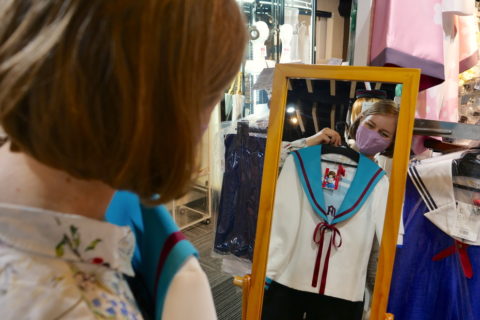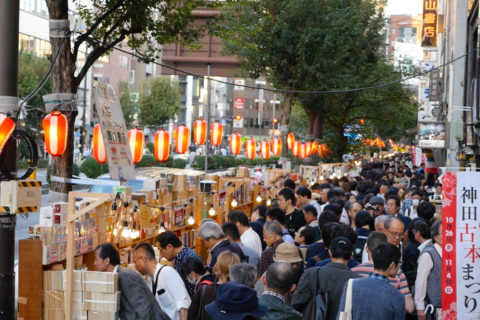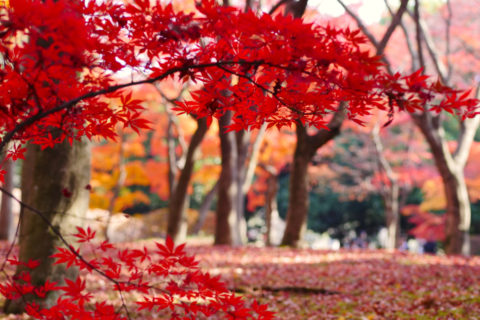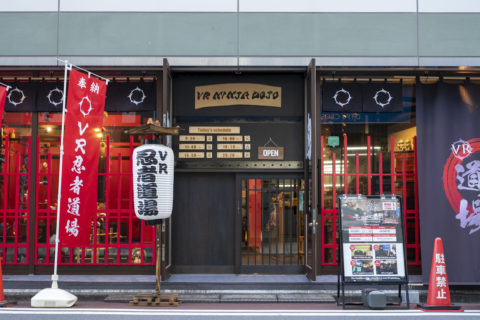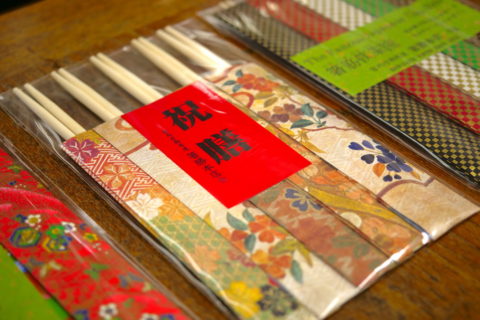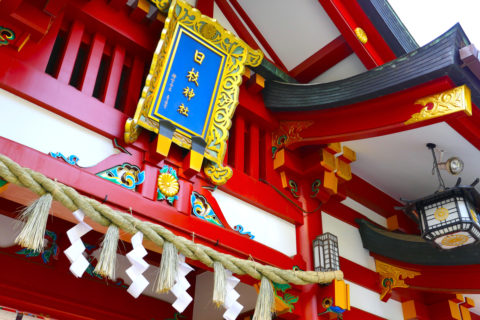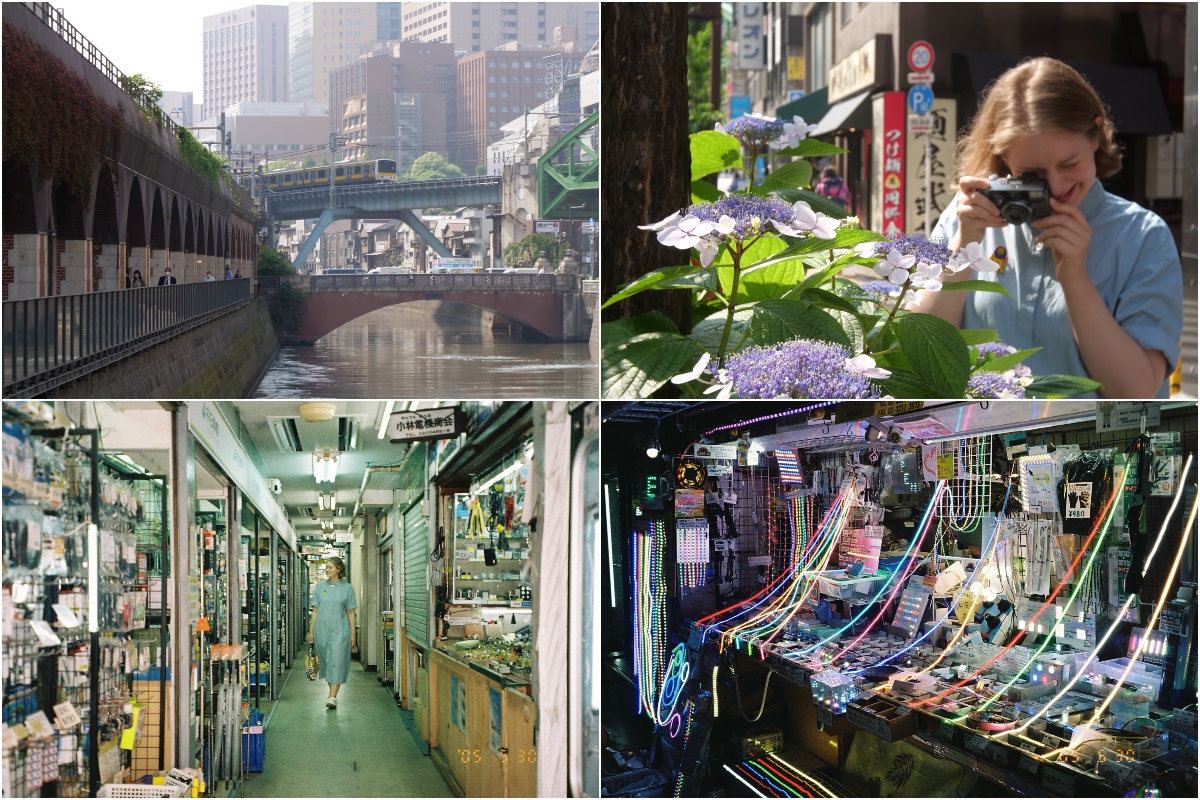
In Japan, there’s a growing trend of embracing film cameras and vintage lenses to capture unique and nostalgic moments. It’s a delightful experience to take “artsy shots” and “unexpected captures” that can’t be replicated with a smartphone camera. Join me, Marei (editor-in-chief), as I venture through Akihabara with a film camera and old lenses from the renowned camera shop “2nd BASE”!
Content
2nd BASE: A Secret Base for all Retro Cameras Lovers
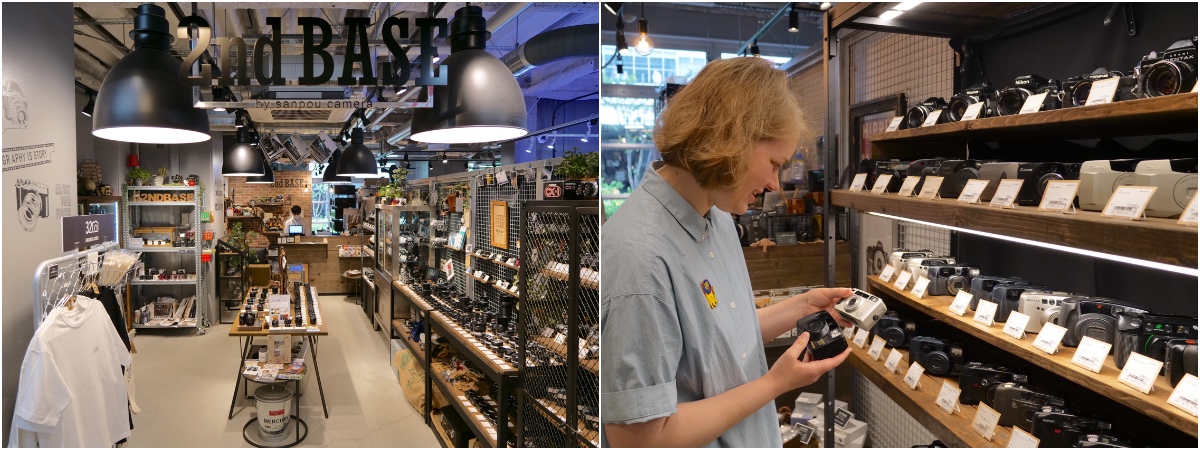
Nestled beneath the railway tracks in the commercial facility “SEEKBASE AKI-OKA MANUFACTURE,” you’ll find “2nd BASE” – a retro camera store brimming with vintage lenses and film cameras. Whether you’re looking to buy or sell, the staff, who share a deep passion for cameras and lenses, are always eager to offer advice. It’s a store that welcomes beginners with open arms.
(While “2nd BASE” specializes in cameras, lenses, and more, it doesn’t provide rental services.)
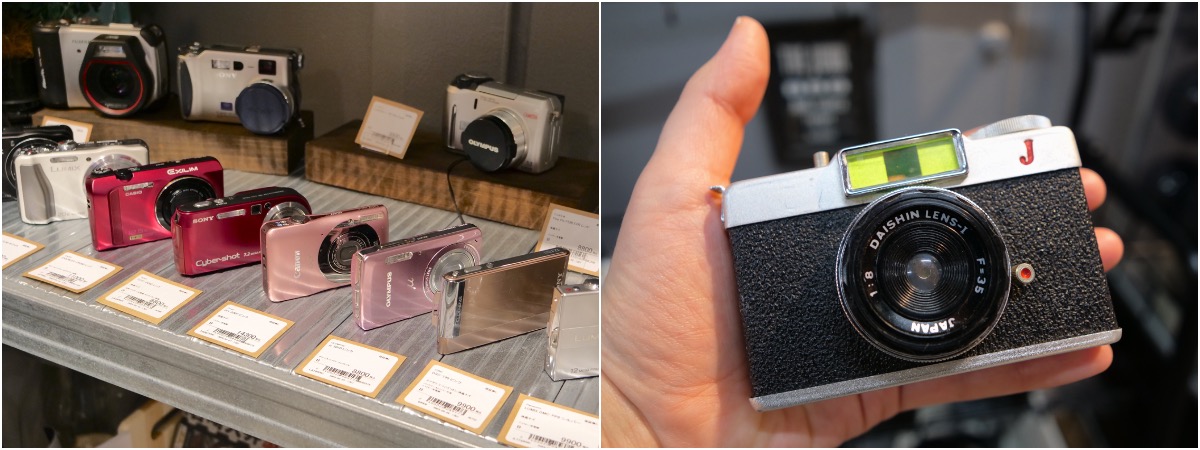
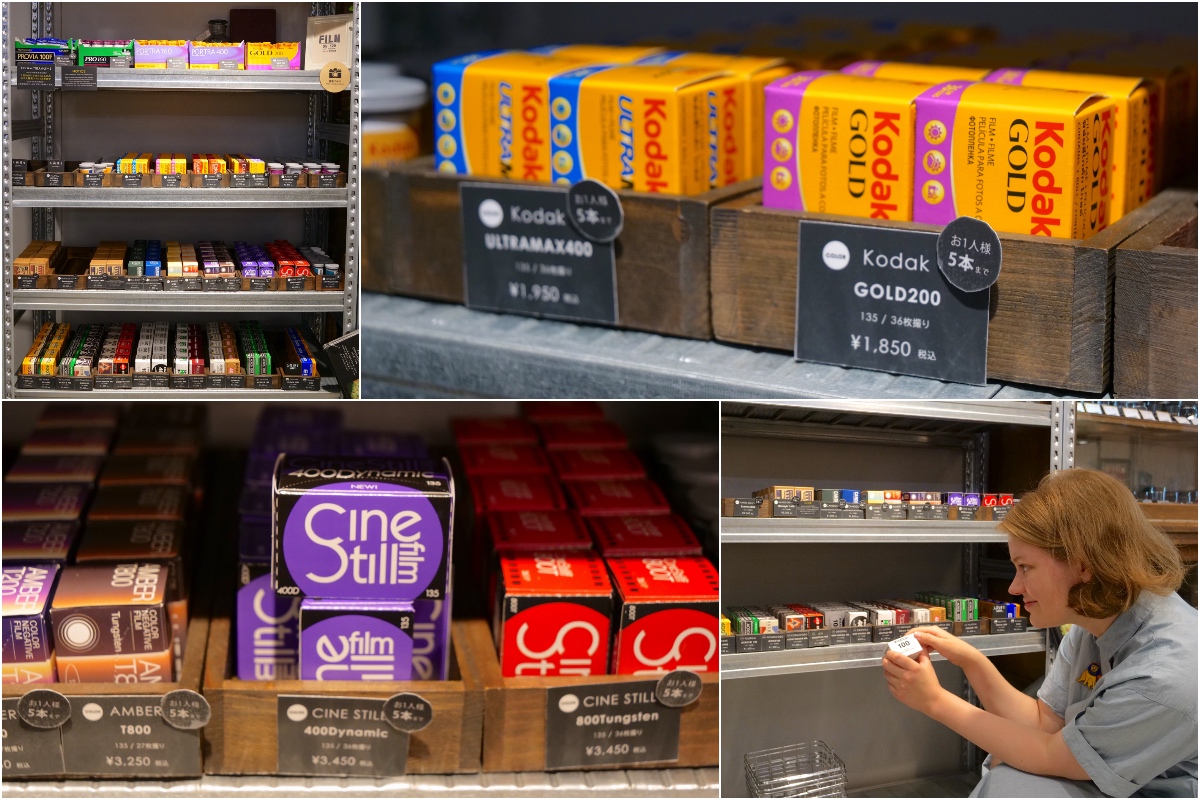
At “2nd BASE,” a treasure trove of vintage lenses awaits. These lenses, designed for older cameras, can be attached to modern digital single-lens and mirrorless cameras using a mount adapter, allowing you to easily dive into the realm of retro photography. Old lenses offer affordability, distinctive retro aesthetics, and a mesmerizing bokeh effect. Plus, since the photos are digital, there’s no need for film development. Talk about convenience!
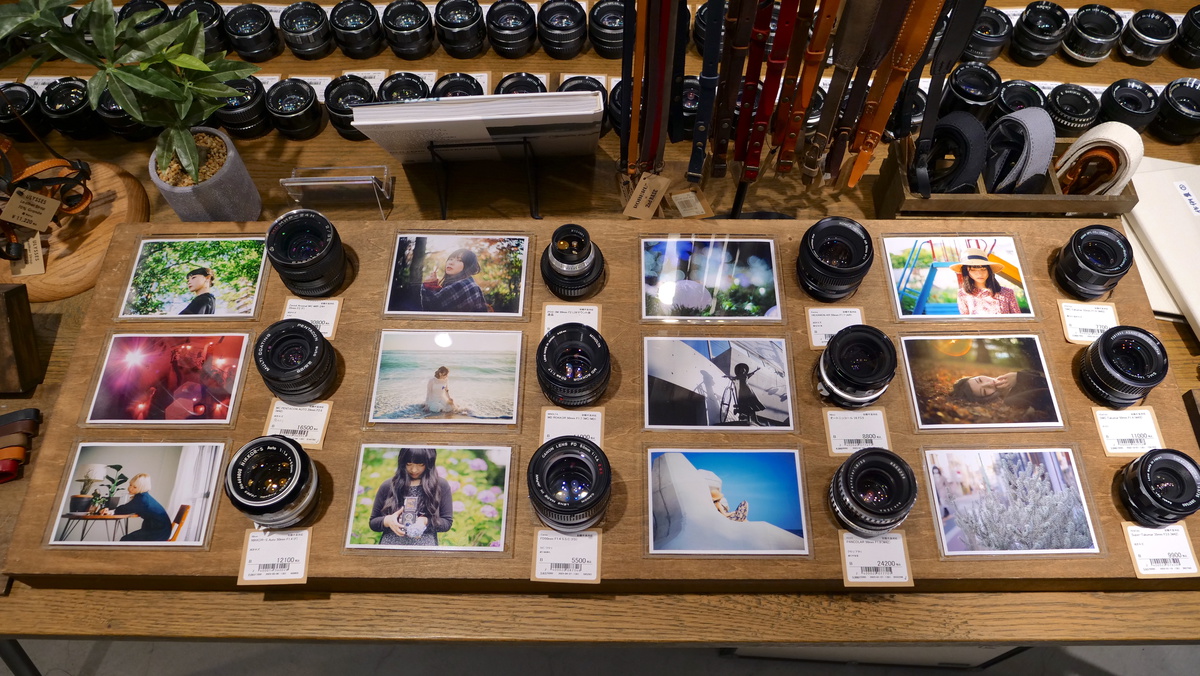
Equipped with a film camera and the recommended “PENTAX ESPIO” series, courtesy of the store manager, I embarked on my photographic journey. For the lens, I chose the “Wollensak CINE-VELOSTIGMAT 25mm/F1.5” paired with my digital camera, the LUMIX GH5. This lens was originally used for shooting movies, so I was thrilled to see what kind of photos I could capture with a modern digital SLR camera.
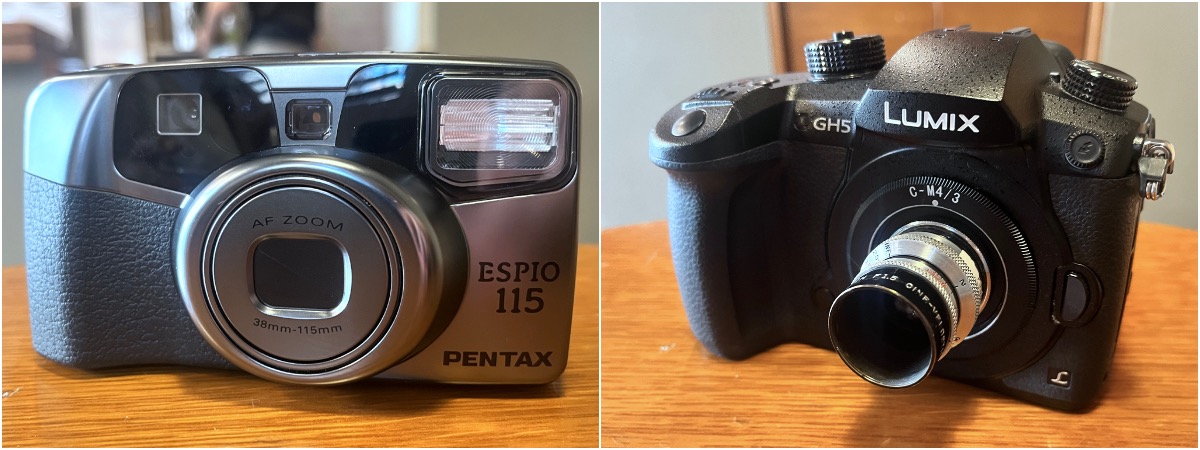
A Stroll around Akihabara Station
I kicked off my adventure by capturing the colorful signs near the Electric Town Exit of JR Akihabara Station. From there, I delved into Akihabara Denpa Kaikan, a haven of retro charm. As I explored, I could still sense the nostalgia of purchasing electronic components in the days of old.

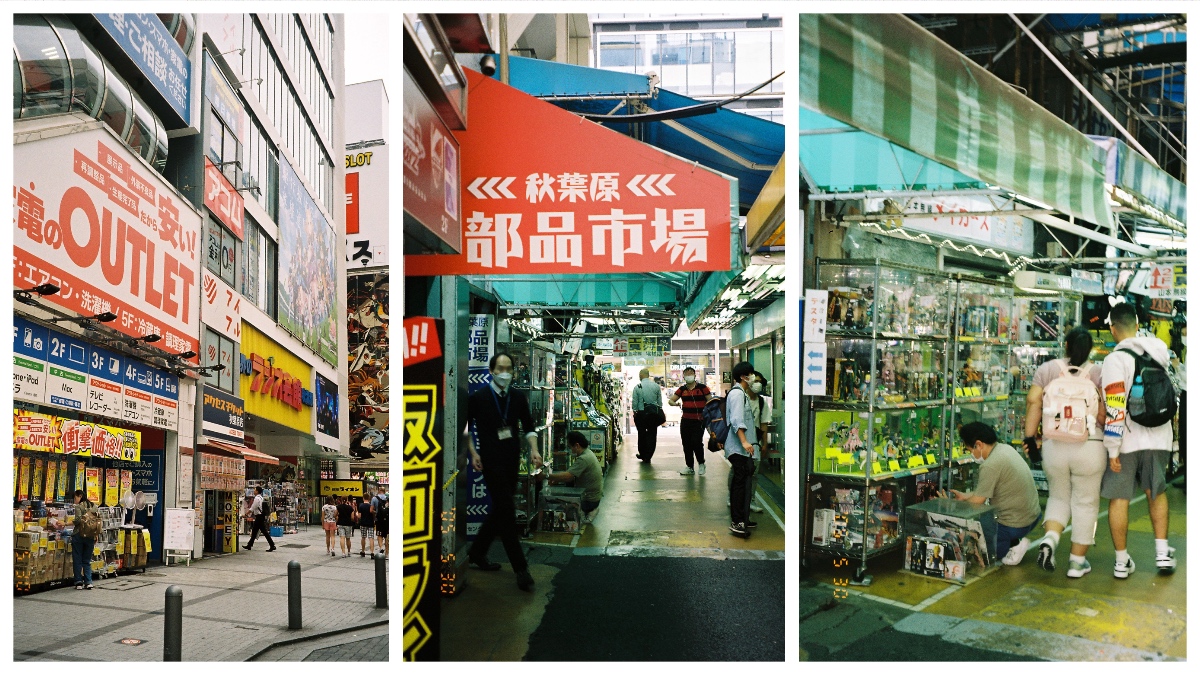
The PENTAX film camera proved incredibly user-friendly, featuring automatic focus and flash activation in low-light settings. The satisfying “cliiiiiiick” sound of the shutter button transported me back in time! However, with a film camera, I couldn’t instantly review the photos, which provided a fresh experience. I embraced the freedom to immerse myself in the moment, knowing that each shot was truly one-of-a-kind.
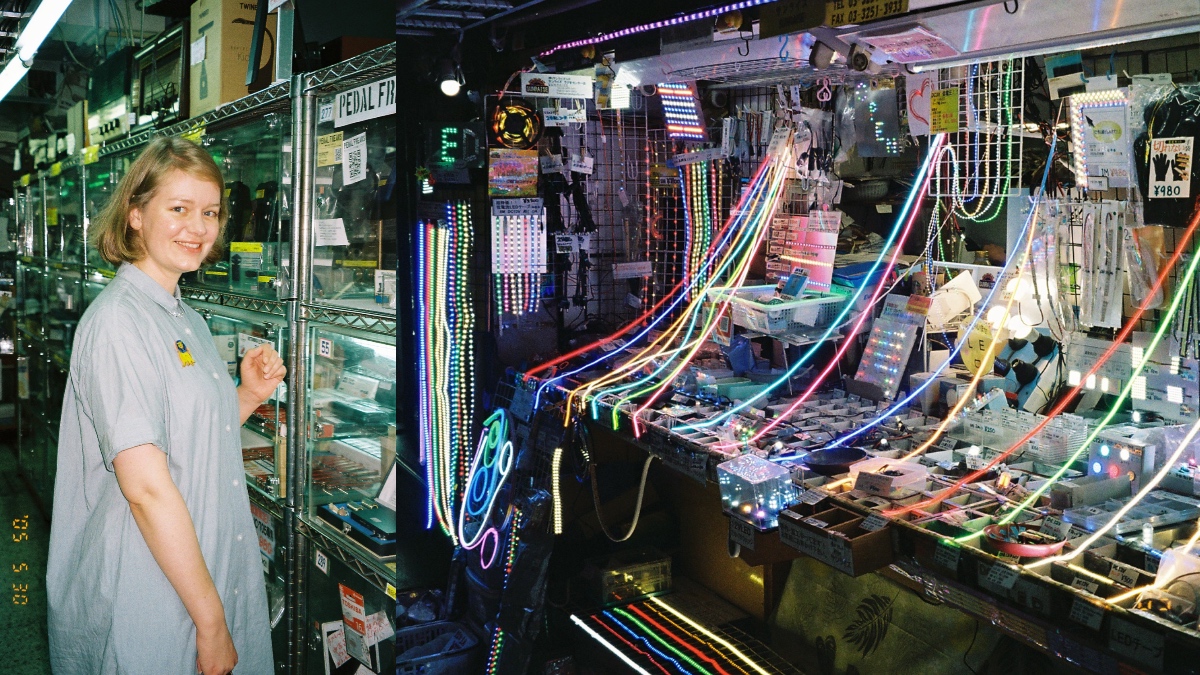
On the other hand, the old lens proved to be exceptional in low-light conditions, effortlessly capturing bright subjects even in dimly lit buildings. It presented a completely different perspective compared to the PENTAX film cameras, producing enchanting and ethereal images.

The allure of the film camera lies in the anticipation of developing the photos, while the old lens allows you to preview the digitally recorded images. Each method carries its own unique charm.
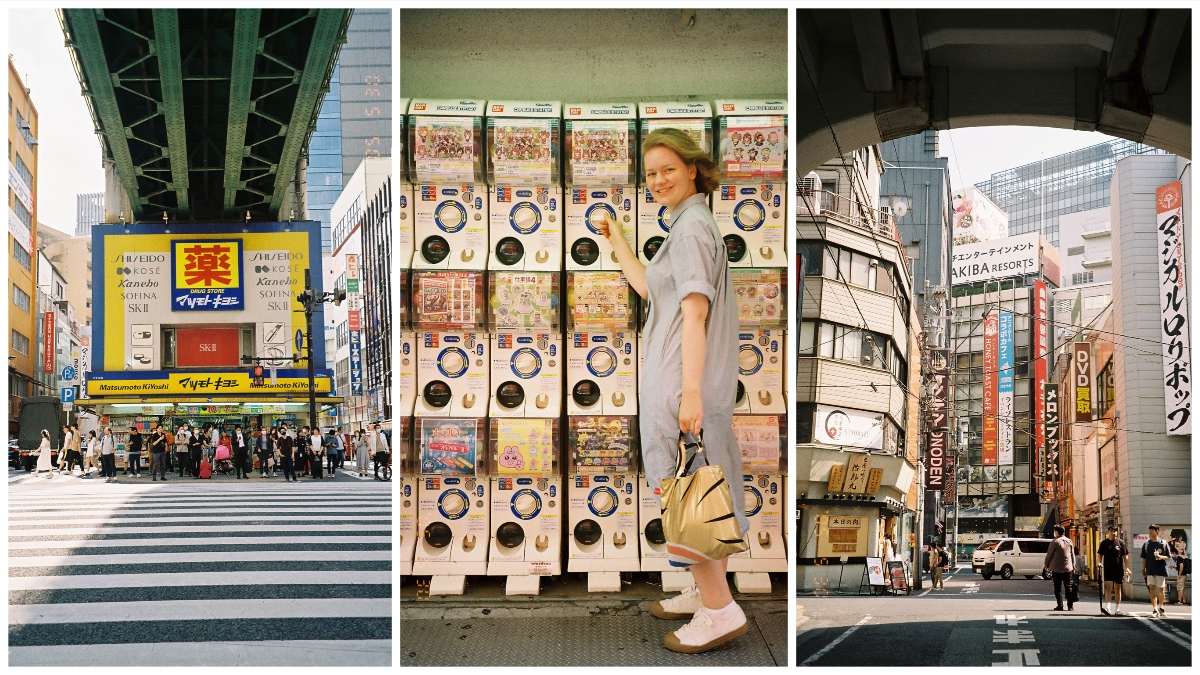
Heading to Manseibashi, an Adventure into History
In 1912, Maseibashi Station was constructed alongside Manseibashi Bridge, and remnants of its original facilities, including platforms and stairs, still grace the splendid red brick building.

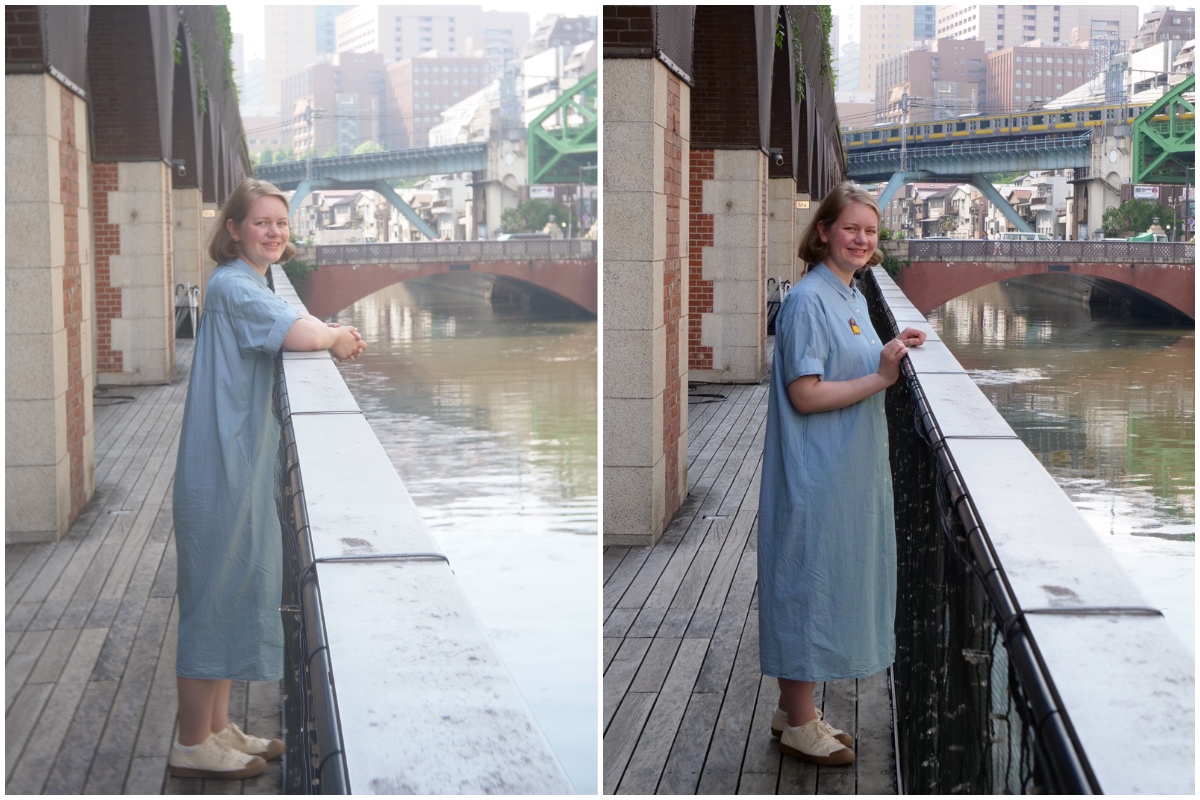
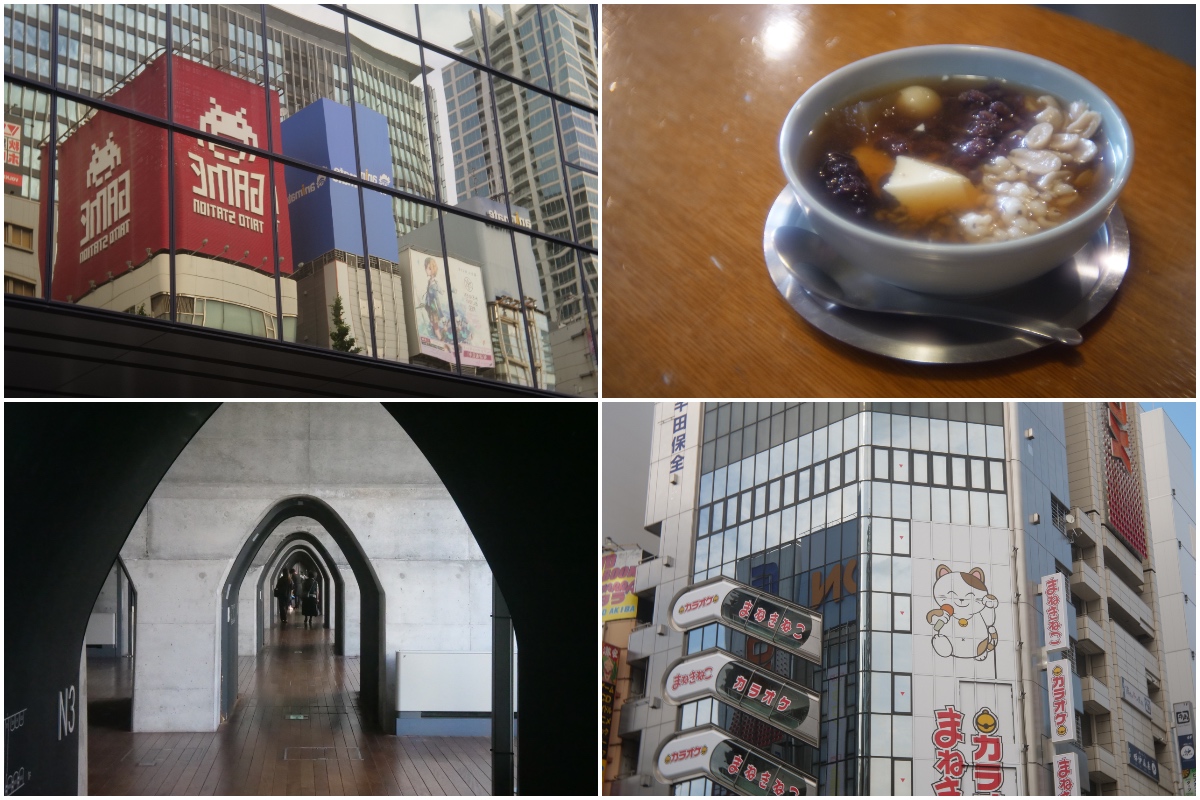
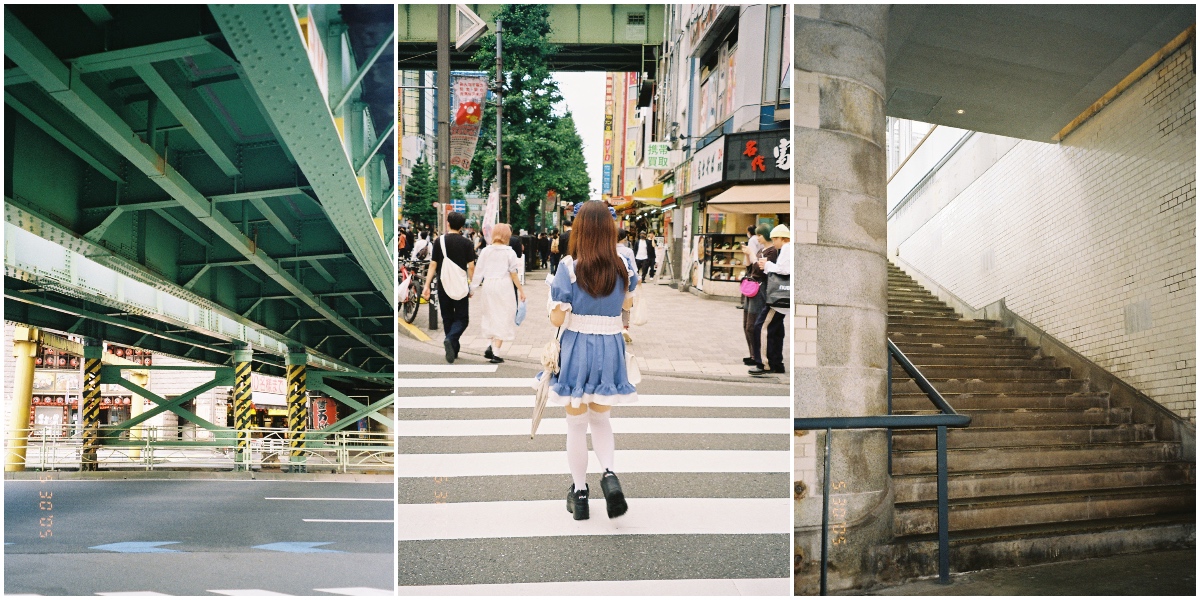
Capturing the Charms of Kanda Myojin Shrine
Kanda Myojin Shrine, one of Tokyo’s renowned grand shrines, holds sacred significance in numerous dramas and anime. It has embraced and celebrated anime and game culture.
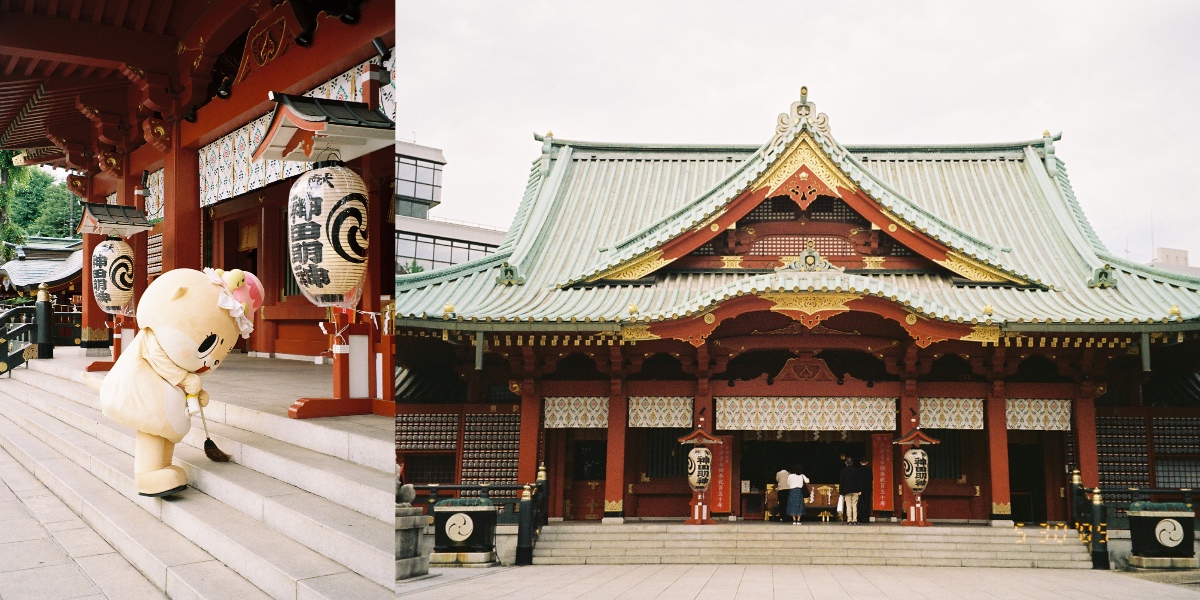
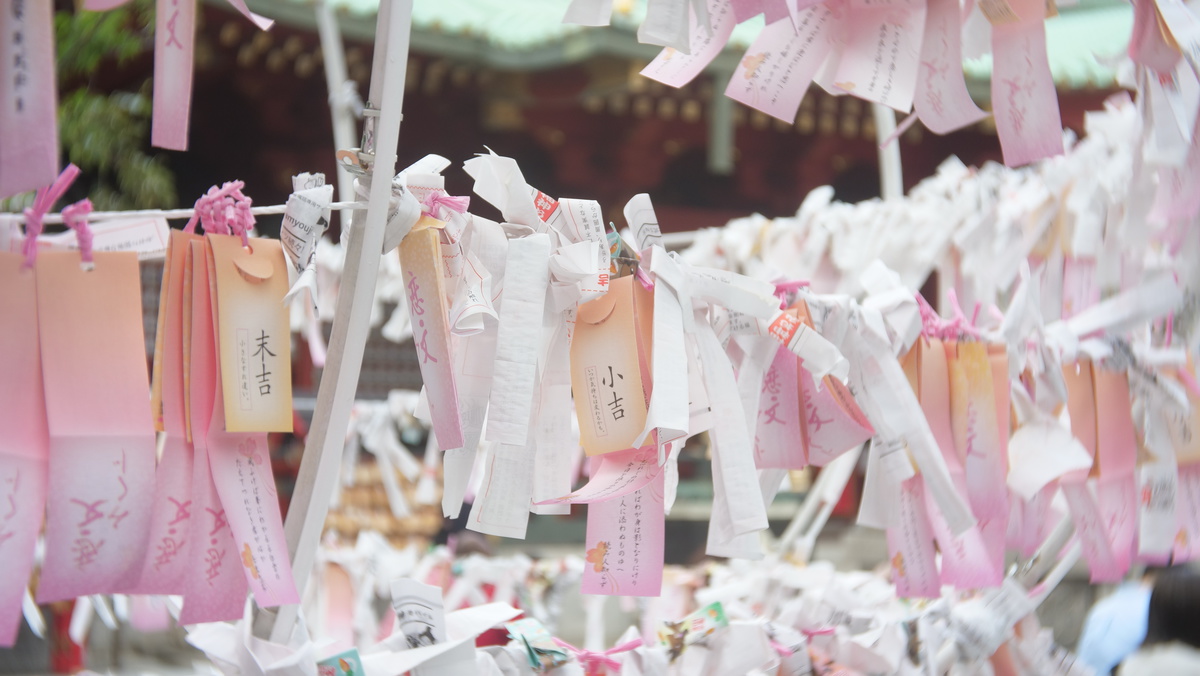
Why not embark on a “Retro Photo Walk” starting from Akihabara Station, passing through Manseibashi, and ending at Kanda Myojin Shrine? As I captured the city with a retro camera, countless creative ideas flooded my mind. So, photography enthusiasts, grab your retro cameras and relish a delightful stroll through the vibrant streets of Tokyo!
Special cooperation:
2ndBASE by Sanpou Camera
Website: https://www.2ndbase.jp
Instagram: https://www.instagram.com/2ndbase.by_sanpou_camera/
Location: 13-1 Kanda Neribeicho, Chiyoda-ku, Tokyo (Inside the SEEKBASE AKI-OKA MANUFACTURE 01 building)
Nearest station: Akihabara Station
Shooting locations:
- Akihabara Radio Hall Google Maps: https://goo.gl/maps/F4JSohZxuKMiQhUJ7
- Iconic train viaduct Google Maps: https://goo.gl/maps/DrNRmB4MqKEycTVn8
- Manseibashi Bridge Google Maps: https://goo.gl/maps/nYgoFuKXsPu6914dA
- Tokyo Tofa Kobo Google Maps: https://goo.gl/maps/c5oxHHNyNXaFfuN67
- Kanda Myoujin Shrine Google Maps: https://goo.gl/maps/UbKm3hLEYgUjD3h6A


